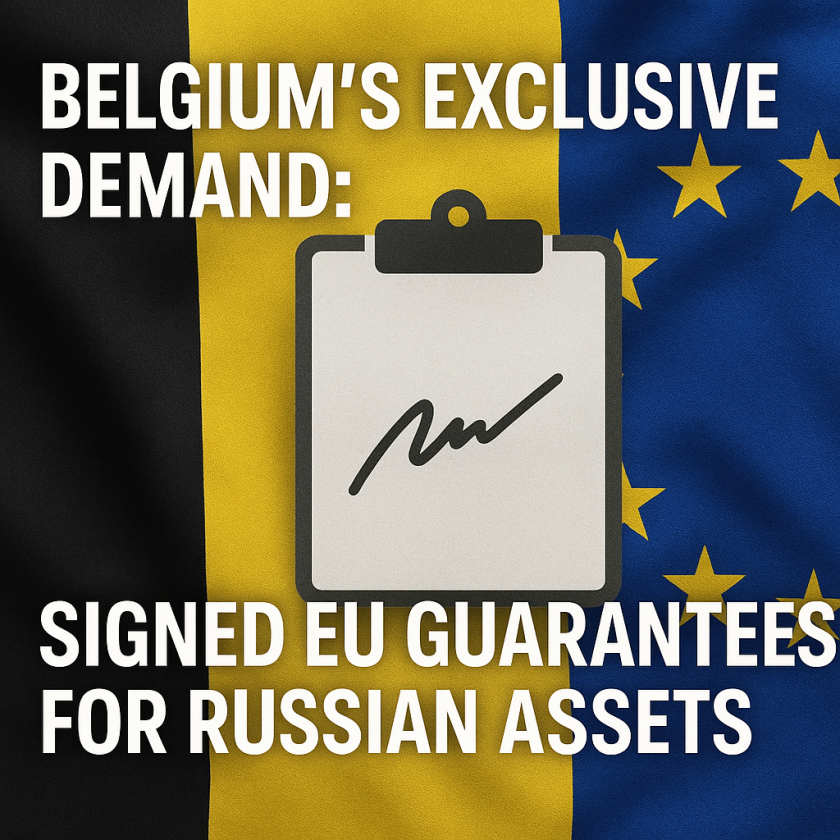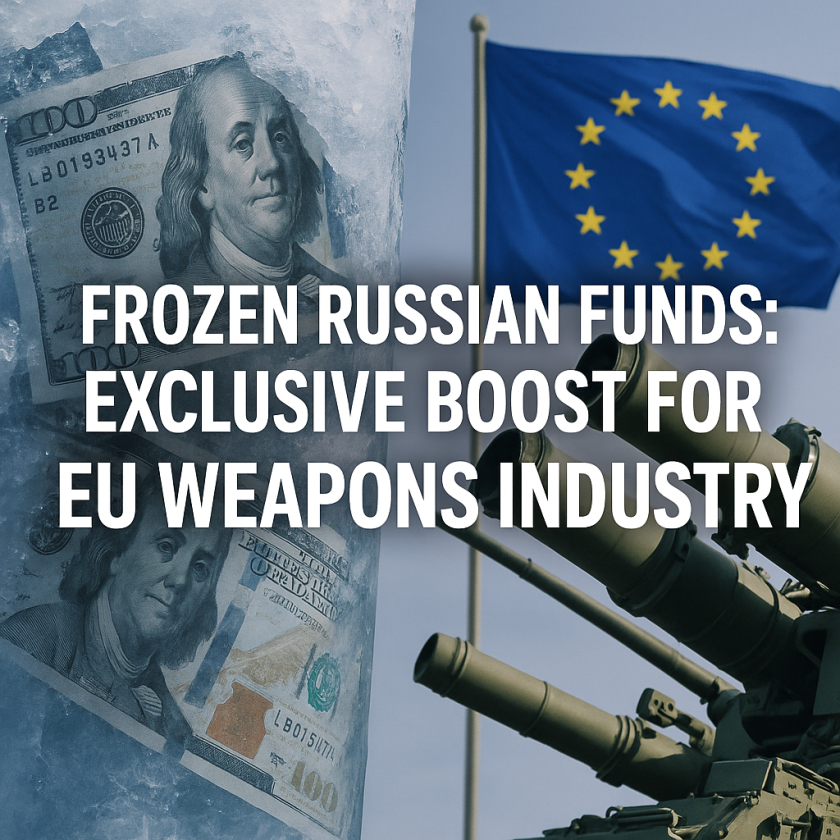Unveiling the True Motives and Potential Pitfalls of Trump’s Tariffs
Unveiling the True Motives and Potential Pitfalls of Trump’s Tariffs
Introduction
The imposition of tariffs by former President Donald Trump has been a subject of intense debate and scrutiny. This analysis delves into the underlying motives behind these tariffs and explores the potential challenges they pose to the global economy.
Motives Behind Trump’s Tariffs
Understanding the rationale behind Trump’s tariffs is crucial to comprehending their broader implications. The key motives include:
- Protecting Domestic Industries: Aimed at shielding American manufacturers from foreign competition, particularly in steel and aluminum sectors.
- Reducing Trade Deficits: Intended to address the trade imbalance with countries like China by making imported goods more expensive.
- Negotiating Leverage: Used as a tool to pressure trading partners into more favorable trade agreements.
Potential Pitfalls of Tariffs
While the tariffs were designed to bolster the U.S. economy, they also present several risks and challenges:
- Increased Costs for Consumers: Higher tariffs can lead to increased prices for goods, affecting consumer spending.
- Retaliatory Measures: Other countries may impose their own tariffs, leading to a trade war that can harm global trade.
- Impact on Global Supply Chains: Disruptions in supply chains can result from increased costs and trade barriers.
- Economic Uncertainty: Businesses may face uncertainty, affecting investment and economic growth.
Conclusion
Trump’s tariffs were implemented with the intention of protecting American interests and negotiating better trade deals. However, they also carry significant risks, including higher consumer costs, potential trade wars, and disruptions to global supply chains. As the world continues to navigate the complexities of international trade, understanding these dynamics is essential for policymakers and businesses alike.







































